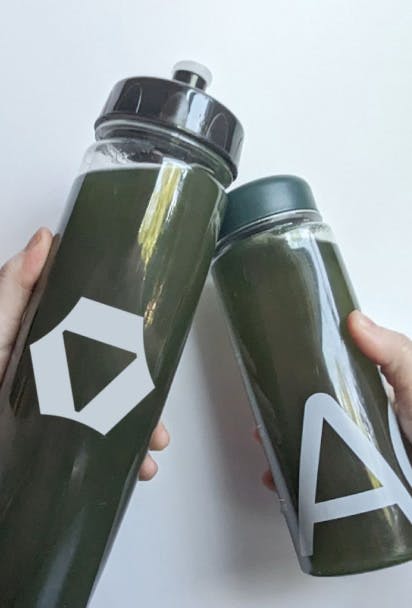June 8, 2020
The COVID-19 pandemic brought the supply chain to the forefront, when it often operates behind the scenes. Companies are realizing the importance of the supply chain as more than just a tactical role. It can and should be used as a competitive advantage. Of course supply chain is only a competitive advantage if it’s optimized and smartly run. Otherwise it’s a drain on the corporate spreadsheet and a source of frustration.
The good news about the pandemic, if there is one, is the opportunity for companies to reevaluate their supply chain and put effort into remaking it into a better operation. While many have thoughts about how to reorganize their supply chain after COVID-19, these three concepts pop up again and again: resilience, diversification and visibility. The concepts play out in many ways.
Diversification
Diversification is not a concept relating only to the pandemic. Even before the virus hit globally, companies were looking to spread out their manufacturing and sourcing, moving at least some of it away from China. While sourcing and manufacturing in China have many advantages (e.g. cost, availability, plentiful labor), there are disadvantages too. Costs are actually increasing, including from federal tariffs, and companies were already worried about having so much production in one country.
The pandemic made it clear that there’s danger in putting all your eggs in one basket. The country shut down manufacturing and shipping as a result of the outbreak. When one country ceases output and transportation, that has a huge ripple – even a tidal wave – effect on other countries. Of course it’s not just China. There were manufacturing shut-downs in other countries as well. India is a huge manufacturer of generic pharmaceuticals. Hospital and pharmacy supply chains started sweating when India restricted export of some medication ingredients and finished products. Diversifying into other countries, increases a company’s resilience when something unforeseen happens.
Regional manufacturing
Some portion of manufacturing may move back to the United States, or at least closer to the borders, as a result of the pandemic. That need became clear with the ability to make PPE and have enough raw materials to do so. In some cases, manufacturing at home will be more expensive, and there may be environmental issues too. But the country now sees the problems with outsourcing production of critical items. Not everything can be made here. It would take too long to get that up and running, and it’s impossible to be that independent. But some of the diversification needs to come home, and regional manufacturing will play a role. Bringing manufacturing closer to home will positively impact resilience.
Regional logistics
Before the pandemic, distribution centers were already expanding, and getting closer to urban populations. People were ordering more online and expecting delivery in a day or two. Sometimes faster. Enter COVID-19 and online ordering increased again. Even with the country opening up to more shopping and dining, there will still be a great need for regional logistics providers. Consumer behavior is changing post-COVID-19. That need includes more flexible and warehouse space and plentiful transportation.
Just in time
The just in time model of procurement will likely continue, but might be supplemented by other procurement methods. This pandemic exposed the vulnerability that a global supply chain has when relying on just in time or lean models. Instead, a company might increase their days’ on hand inventory even if it costs more. They might identify and source from alternative suppliers in a different location, so they have access to supply in case of shipping or production problems with their main supplier. Diversifying inventory models leads to a more resilient operation.
Visibility
Visibility is gaining interest as a supply chain efficiency enabler. Companies need to understand exact inventory availability, amounts and location. That means in the ship, on the truck and on the warehouse shelf. Otherwise it’s hard to forecast, and to plan as precisely as is needed to remain competitive.
Partnership
A good company sees its manufacturers, logistics providers and other companies as strategic partners. It’s not a one-way street. If they suffer, you suffer and vice versa. You both need to understand each other’s interests and make it a win-win scenario. In the pandemic, a partner can help you source items they may no longer have. A partner can help you get items through customs or in a different mode of transportation. You can help them solve their problems too. Don’t think of vendors as “what can they do for me?” but rather how you can help each other.
A company like Stord can help you move into the future, taking the best of post-COVID-19 supply chain concepts. Stord’s flexible approach gives companies end-to-end supply chain visibility and distribution options. Our networked distribution approach allows companies to scale up or down, using just the services they need, where they need them. And our platform data gives real-time optimization recommendations to reduce your feedback cycle and give you the information you need. Contact us to learn more.




